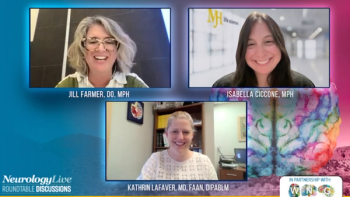
Movement disorder specialists reflected on a decade of community, research, and career support in-person and online for members of the Women Neurologists Group. [WATCH TIME: 7 minutes]

Movement disorder specialists reflected on a decade of community, research, and career support in-person and online for members of the Women Neurologists Group. [WATCH TIME: 7 minutes]
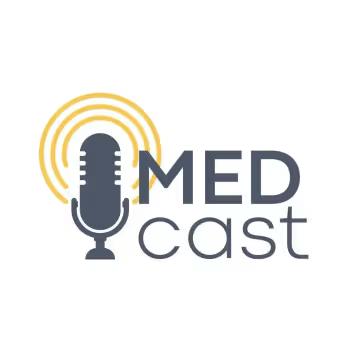
Panelists discuss the growing role of continuous infusion therapies in managing advanced Parkinson disease, highlighting their effectiveness in reducing motor fluctuations and dyskinesia, improving quality of life, and supporting individualized, long-term treatment strategies amid ongoing advancements in drug delivery and patient selection.

Movement disorder specialists talked about how the 4th Annual Women in Neurology Conference will offer educational updates, career development, and networking opportunities for women across neurology. [WATCH TIME: 5 minutes]

Movement disorder specialists reflected on the community’s growth over the past decade in the Women Neurologists Group and shared program highlights of the group’s upcoming conference. [WATCH TIME: 5 minutes]
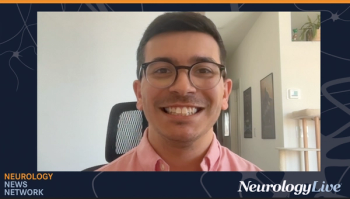
Neurology News Network. for the week ending September 13, 2025. [WATCH TIME: 4 minutes]

The director of the Neuroethics Program at Cleveland Clinic discussed ethics training, shared decision-making, and safeguards in guiding patients, families, and clinicians through complex clinical research decisions. [WATCH TIME: 3 minutes]
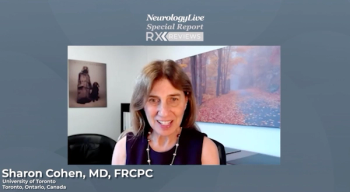
In this seventh episode, Cohen outlined emerging Alzheimer therapies targeting amyloid, tau, and inflammation, highlighting novel antibody approaches, genetic knockdown strategies, and repurposed GLP-1 receptor agonists. Supported by Eli Lilly.

The chief medical adviser at the Muscular Dystrophy Association spoke about the specific safety considerations clinicians should take when prescribing and administering gene therapy for patients with Duchenne muscular dystrophy. [WATCH TIME: 3 minutes]

In this sixth episode, Cohen discussed aligning patient expectations with the goals of antiamyloid antibody treatment, emphasizing disease slowing, eligibility factors, and real-world satisfaction data. Supported by Eli Lilly.

The vice president of scientific engagement at the Alzheimer's Association shared data presented at AAIC 2025 from the phase 3 U.S. POINTER study among patients at risk for dementia. [WATCH TIME: 4 minutes]

In this fifth episode, Cohen explained the types, risks, and monitoring protocols for ARIA with antiamyloid antibodies, emphasizing MRI schedules, symptom vigilance, and individualized patient safety considerations. Supported by Eli Lilly.

In this fourth episode, Sharon Cohen, MD, FRCPC, talked about key differences between lecanemab and donanemab in terms of eligibility requirements to the receive the treatment. Supported by Eli Lilly.

An expert discusses how older Duchenne muscular dystrophy patients in advanced stages face uncertainty regarding newer therapies since most research focuses on younger children, but gene therapy and other treatments remain considerations alongside comprehensive specialty care for managing complex comorbidities.
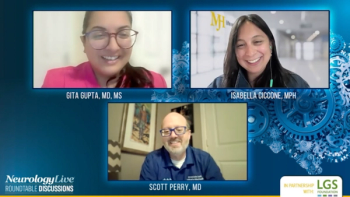
Experts noted that the Lennox-Gastaut Syndrome Foundation is a welcoming platform for collaboration, research advancement, and career development in the field. [WATCH TIME: 3 minutes]

Experts discussed strategies to improve LGS clinical trial design, better understand comorbidities in rare epilepsies, and foster collaboration across stakeholders. [WATCH TIME: 5 minutes]

Experts discussed gaps in LGS research, including biomarker development, sleep assessment, and early intervention strategies to improve diagnosis and outcomes for patients. [WATCH TIME: 6 minutes]

Experts underscored that stakeholder collaboration, including clinicians, caregivers, and industry partners, can play a critical role in advancing understanding and management of LGS. [WATCH TIME: 3 minutes]

Experts discussed initiatives to standardize data collection, expand registries, and empower families in advancing care for Lennox-Gastaut syndrome. [WATCH TIME: 3 minutes]

Experts highlighted the need for clearer treatment sequencing and improved transition of care for patients with LGS from childhood to adulthood. [WATCH TIME: 3 minutes]

The head of the neurology department at Vall d’Hebron University Hospital provided perspective on how migraine treatment might advance in the near future, highlighting emerging pathways like PACAP antagonists and long-acting toxins. [WATCH TIME: 3 minutes]

The laureate professor at the University of Melbourne detailed the design and promising results of the PACIFIC trial of bexicaserin, an agent in development for epileptic encephalopathies. [WATCH TIME: 4 minutes]

The vice president of scientific engagement at the Alzheimer's Association discussed new data on amyloid-targeting therapies, expanded diagnostic tools, and emerging clinical guidelines for Alzheimer disease presented at AAIC 2025. [WATCH TIME: 5 minutes]

Panelists discuss how improving adoption of newer Dravet syndrome therapies requires early genetic testing by general neurologists who should then collaborate with specialized centers of excellence, maintaining local neurologist relationships for ongoing care while leveraging expert guidance on appropriate medication selection, dosing, and management to ensure patients receive optimal treatment regardless of their geographic location.

Panelist discusses how distinguishing between dyskinesia (choreiform, dance-like movements) and tremor in Parkinson disease is crucial for treatment decisions, as modern therapeutic options including extended-release amantadine, continuous subcutaneous delivery systems, and advanced formulations can now effectively manage both motor fluctuations and troublesome dyskinesias simultaneously.

At AAIC 2025, the associate professor in the Department of Psychiatry at McGill University talked about the strengths and limitations of PET and blood biomarkers for Alzheimer disease. [WATCH TIME: 5 minutes]

An expert discusses how proactive cardiac care should begin at diagnosis with regular monitoring, while pulmonary function typically peaks around age 8 to 10 before declining, requiring early intervention with breathing exercises and assistive devices before problems become severe.
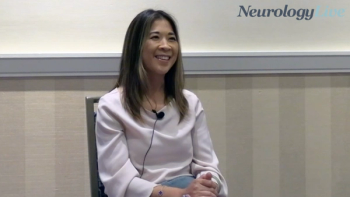
The physician assistant specializing in Parkinson disease talked about the shared decision-making process when discussing advanced therapies for movement disorder care with patients. [WATCH TIME: 3 minutes]

An expert discusses how a 16-year-old postambulatory DMD patient exemplifies typical challenges including social withdrawal and increasing care needs, emphasizing the critical importance of comprehensive interdisciplinary care teams despite families' perceptions of limited treatment options.

Panelists discuss how clinicians should approach OSA evaluation by clearly defining what brought the patient in, establishing that sleep apnea encompasses more than just breathing issues, taking a comprehensive snapshot of current symptoms, and framing the sleep study as the beginning rather than the end of the treatment process.

The nurse practitioner in the Center for Movement Disorders & Neurorestoration at the University of Florida discussed clinical experiences with deep brain stimulation for atypical MS tremor and PD. [WATCH TIME: 5 minutes]